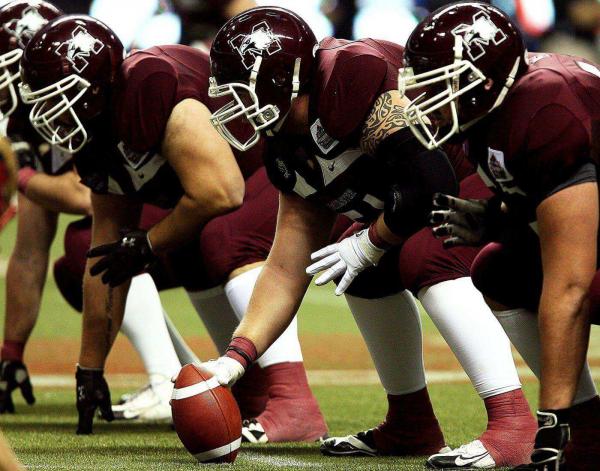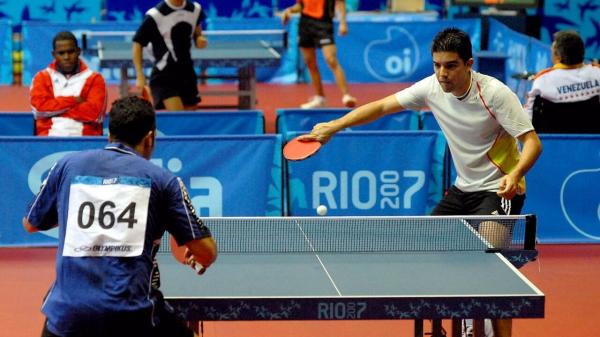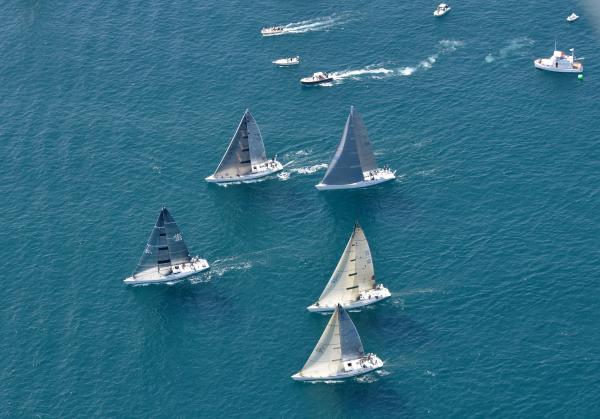Dragon Boat

A dragon boat is a human-powered watercraft originating from the Pearl River Delta region of China's southern Guangdong Province. These were made of teak, but in other parts of China, different kinds of wood are used. It is one of a family of traditional paddled long boats found throughout Asia, Africa, the Pacific islands, and Puerto Rico. The sport of dragon boat racing has its roots in an ancient folk ritual of contending villagers, which dates back 2000 years throughout southern China, and even further to the original games of Olympia in ancient Greece. Both dragon boat racing and the ancient Olympiad included aspects of religious observances and community celebrations, along with competition. Dragon boat racing is a canoe-sport, and began as a modern international sport in Hong Kong in 1976. These boats are typically made of carbon fiber, fiberglass, and other lightweight materials. For competition events, dragon boats are generally rigged with decorative Chinese dragon heads and tails. At other times (such as during training), decorative regalia is usually removed, although the drum often remains aboard for drummers to practice. For races, there are 18-20 people in a standard boat, and 8-10 in a small boat, not including the steersperson (helm) and the drummer. In December 2007, the central government of the People's Republic of China added Duanwu, along with Qingming and Mid-Autumn festivals, to the schedule of national holidays. Similar to the use of outrigger canoes or Polynesian va'a, dragon boat racing has a rich fabric of ancient ceremonial, ritualistic and religious traditions, and thus, the modern competitive aspect is but one small part of this complex dragon boat culture. The use of dragon boats for racing and dragons are believed by scholars, sinologists, and anthropologists to have originated in southern central China more than 2500 years ago, in Dongting Lake and along the banks of the Chang Jiang (now called the Yangtze) during the same era when the games of ancient Greece were being established at Olympia.[1] Dragon boat racing has been practiced continuously since this period as the basis for annual water rituals and festival celebrations, and for the traditional veneration of the Chinese dragon water deity. The celebration was an important part of the ancient Chinese agricultural society, celebrating the summer rice planting. Dragon boat racing was historically situated in the Chinese subcontinent's southern-central "rice bowl"; where there were rice paddies, so there were dragon boats, too. Of the twelve animals which make up the traditional Chinese zodiac, only the Dragon is a mythical creature. All the rest are non-mythical animals, yet all twelve of the zodiac creatures were well known to members of ancient Chinese agrarian communities. Dragons were traditionally believed to be the rulers of water on earth: rivers, lakes, and seas; they were also thought to dominate the waters of the heavens: clouds, mists, and rains. There are earth dragons, mountain dragons, and sky or celestial dragons (Tian Long) in Chinese tradition. Mythical dragons and serpents are also found widely in many cultures around the world. Traditional dragon boat racing, in China, coincides with the 5th day of the 5th Chinese lunar month (varying from late May to June on the modern Gregorian Calendar). The summer solstice occurs around 21 June and is the reason why Chinese refer to their festival as "Duan Wu" or "Duen Ng". Both the sun and the dragon are considered to be male (the moon and the mythical phoenix, however, are considered to be female). The sun and the dragon are at their most potent during this time of the year, so cause for observing this through ritual celebrations such as dragon boat racing. It is also the time of year when rice seedlings must be transplanted in their paddy fields to allow for wet rice cultivation. Wu or Ng refers to the sun at its highest position in the sky during the day, the meridian of 'high noon'. Duan or Duen refers to upright or directly overhead. Thus, Duan Wu is an ancient reference to the maximum position of the sun in the northern hemisphere, the longest day of the year or the summer solstice. Venerating the dragon deity was meant to avert misfortune and calamity and encourage rainfall, which is needed for the fertility of the crops and thus, for the prosperity of an agrarian way of life. Celestial dragons were the controllers of rain, monsoons, winds, and clouds. The Emperor was "The Dragon" or the "Son of Heaven", and Chinese people refer to themselves as "dragons" because of its spirit of strength and vitality. Unlike dragons in European mythology, which are typically considered to be evil and demonic, Asian dragons are regarded as wholesome and benevolent, and thus worthy of veneration, not slaying. If rainfall is insufficient, however, drought and famine can result. Veneration of dragons in China seems to be associated with annually ensuring life-giving water and bountiful rice harvests in south-central China. Another ritual called Awakening of the Dragon involves a Daoist priest dotting the bulging eyes of the carved dragon head attached to the boat. Doing so symbolizes the dragon ending its slumber and re-energizing its spirit, or qi (pronounced: chee). In modern dragon boat festivals, a representative can be invited to step forward to dot the eyes on a dragon boat head with a brush dipped in red paint. Not understanding the significance of Duanwu, 19th-century European observers of the racing ritual referred to the spectacle as a "dragon boat festival". This is the term that has become known in the West. Dragon boat racing, like Duanwu, is observed and celebrated in many areas of east Asia with a significant population of ethnic Chinese such as Singapore, Malaysia, and the Riau Islands, as well as having been adopted by the Ryukyu Islands since ancient times. The date on which races were held is referred to as the "double fifth", since Duanwu is reckoned as the fifth day of the fifth lunar month, which often falls on the Gregorian calendar month of June and occasionally in May or July. Duanwu is reckoned annually in accordance with the traditional calendar system of China, which is a combination of solar and lunar cycles, unlike the solar-based Gregorian calendar system.













